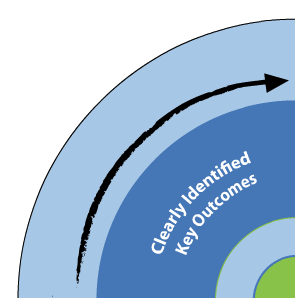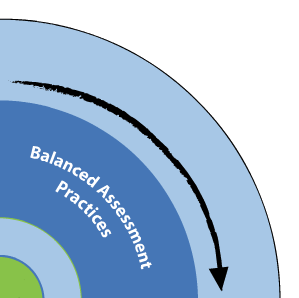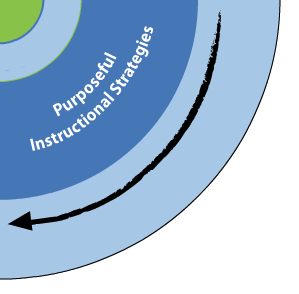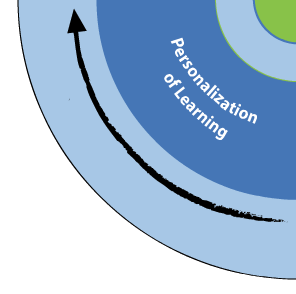Metacognitive Skills - Making Connections
Making Connections
Page Navigation
(Click to jump to section)
| Brief Explanation | Research | Clearly Identified Key Outcomes | Balanced Assessment Practices | Purposeful Instructional Strategies | Personalization of Learning |
Brief Explanation
Readers make the following connections as they read: text to self, text to world and text to previous texts through inferring, summarizing, synthesizing, analyzing and critiquing.
Research
- “There is a wide body of research supporting the effectiveness of explicit comprehension strategy instruction and the need for students to become metacognitive, to think about their own thinking as they read” (Keene and Zimmermann, 2007, p. 26). One of the most effective ways to improve comprehension is to ‘activate mental files’ before, during, and after reading as they think about what they already know related to the new information (Keene and Zimmermann, 2007).
- Active readers make connections to help them construct meaning. Proficient readers spontaneously and purposefully recall relevant prior knowledge before, during, and after they read to make text-to-self connections, text-to-text connections, and text-to- world connections (Miller, 2013).
- Tankersley (2003, p. 93) states that the brain seeks to connect learning to prior knowledge and experiences. “We can teach students how to link what they are reading to their own experiences (text to self), to other texts that they have read (text to text), and to what they know about the world in which they live (text to world).”

Clearly Identified Key Outcomes
Use your programs of study for curriculum outcomes related to making connections.
Please refer to CESD’s Essential Outcomes work if you are using the previous Alberta Curriculum (Grade 7+).
Here is the New Alberta ELAL Curriculum, from the New Learn Alberta website, laid out like a scope and sequence.

Balanced Assessment Practices
- Reading conferences and conversations
- Teacher observation
- Reader’s response, graphic organizers, mind maps, etc.
- Other strategies to assess students’ ability to make connections include: role playing, interviewing, journaling, etc.

Purposeful Instructional Strategies
PRE
- Establish purpose: reading and understanding deeply
- Activating prior knowledge – KWL charts, for example
- Anticipation guides, graphic organizers, etc.
- See section about background knowledge
- Theme spotlights – Deeper Reading (by Kelly Gallagher, p. 41) – link to book at bottom of page.
DURING
- Think Aloud: the teacher shares his/her thinking as they make connections.
- Frequent modelling: the teacher models how proficient readers make connections.
- Guided practice with emphasis on students’ early attempts to articulate their thinking and use of the strategy.
- Use reflective journals, conversations, diagrams, organizers and charts for students to record and share their connections. Ex. Thought bubbles, Venn diagrams etc.
POST
- Students make connections and are able to articulate their thinking using a variety of formats.
- Revisiting KWL chart and other graphic organizers – new (or further) connections may be made after reading – revising thinking – connections from this text become background knowledge for future texts


Personalization of Learning
- Observations about strategy use through reading conferences, conversations, and contributions to class discussions, and written responses
- Sharing of personal connections – orally, graphic organizers, written responses, etc.